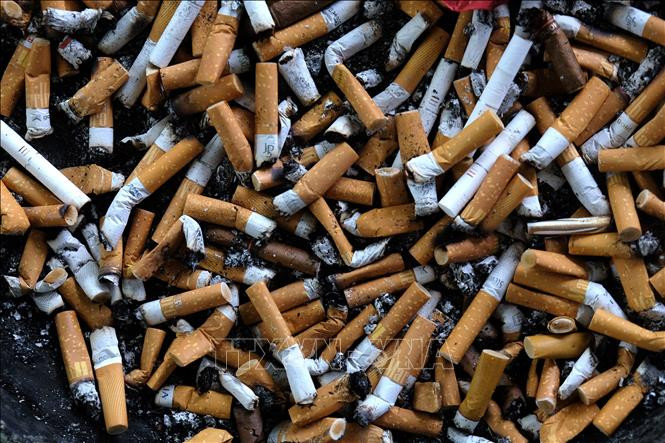Many localities in Belgium are promoting initiatives to collect and recycle cigarette butts, contributing to protecting the living environment.

A typical example is the city of Ath in the province of Hainaut, where the local government has installed two special collection points for cigarette butts. Smokers and cafe owners are encouraged to collect cigarette butts in ashtrays and dispose of them in these bins.
The collected butts are then sent to France-based startup TchaoMégot, which has developed an innovative solution to recycling this toxic waste.
The recycling process takes place in a closed, environmentally safe factory. First, workers collect and remove the remaining tobacco in the filter. The filter is then detoxified using specialized machinery without the use of water.
The result is a dark mixture containing toxic substances such as nicotine, arsenic, mercury and lead. These toxic substances are properly processed in specialized laboratories, according to Julien Paque, founder of TchaoMégot.
What’s special is that TchaoMégot focuses not only on waste treatment but also on its potential for reuse. The most important component of cigarette butts is the cellulose fiber in the filter. This fiber, after being cleaned and deodorized, becomes the raw material for the production of effective insulation for attics.
In addition, some recycled cigarette butts are also used as padding for the textile industry, even creating "down jackets".
"Our goal is to show people that even seemingly useless waste can become valuable materials. This is a way to raise public awareness and change the way people think about waste," said Julien Paque.
With demand growing, TchaoMégot plans to industrialize its recycling process in the coming months, allowing it to process up to 300 tons of cigarette butts per year. The company is also considering expanding operations to other regions to reduce waste transportation.
TchaoMégot’s success is a testament to the enormous potential of turning waste into a resource. The model could be applied more widely to tackle other environmental problems, contributing to building a sustainable future.